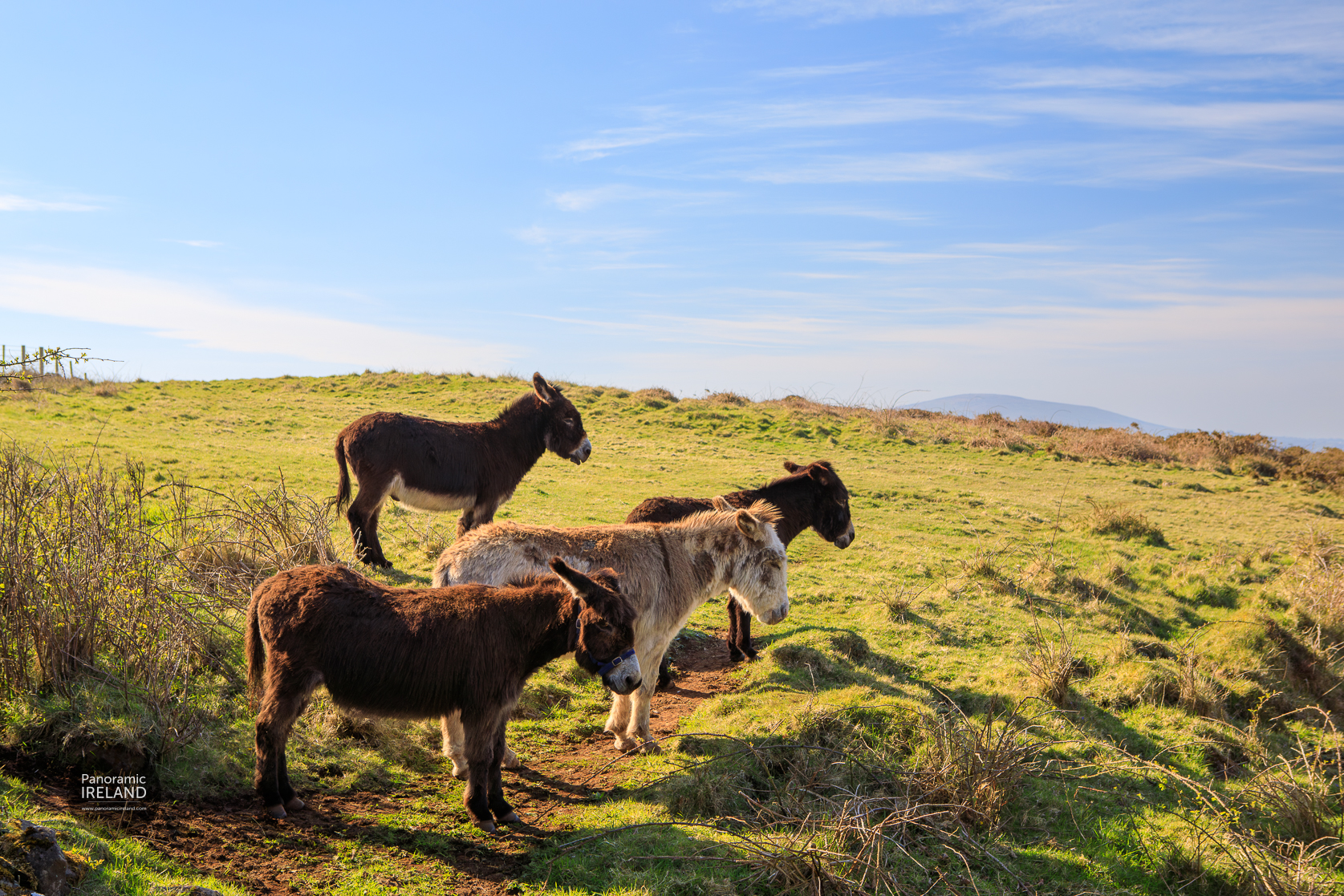
Four Donkeys in a Field - Warming Sunshine
We all need a few moments to enjoy the warmth of a sunny morning, and these four donkeys were no different.
Relaxing in the Sunshine
Relaxing, bathing in the sunshine is a plea...

The Razorbill, Alca Torda or Crosán - Distinctive Seabird
The razorbill is one of Ireland's most distinctive seabirds. A member of the auk family, which includes puffins and guillemots, these species are found in ...

Perambulations in the West of Ireland in Changeable Weather
An Irish Autumn: Weather and Light
September can be a changeable month here in Ireland. The summer has ended, autumn is here, but sometimes the month just doesn't know what weather to...

A First Look at Adobe’s Distraction Removal: Dust in Camera Raw - Colour of a Summer Morning in Donegal
If you are signed up to Adobe's Early Access features you can now avail of automatic dust removal in Camera Raw. This isn't available in ...

Black Guillemot Chase
An Irish Seabird
The black guillemot, or Cepphus grylle, is a member of the auk family, which includes puffins and razorbills. Found right around the Irish coast, th...

Kneecap Talk of Electric Picnic 2025
Performing middle afternoon, Kneecap were the real head...

Last Week of August - Electric Picnic Week 2025
With 80,000 attendees or Picnickers, there has never been a larger edition of Ireland's largest music a...

Adobe Lightroom Mobile Editing for Sharing Images

Samuel Beckett Bridge, Dublin - Closed for Maintenance at Night

Panoramic Ireland Has Had a Refresh - Relaxing at the Giant's Causeway - At Long Last
The design might look the same as before but there are some noticable differences ...

Kilkenny Arts Festival 2025
Kilkenny Arts Festival – Ten Days of Pure Magic

Misty Sunrise Over the Lake and Island, Ireland
You never know what you will get with ...

Eurasian Blackbird, Turdus Merula or Lon Dubh Under Threat From Usutu Virus
Now in Ireland, the virus has ...

Tall Ships - ARM Cuauhtémoc in Dublin, Ireland
Under sail this is one of the most impressive of the touring training ships, seen here with dozens of cadets worki...

Photographing Bluebells, Ireland in May
The Irish bluebell, Hyacinthoides non-scripta, is found growing wild throughout the Irish countrysi...